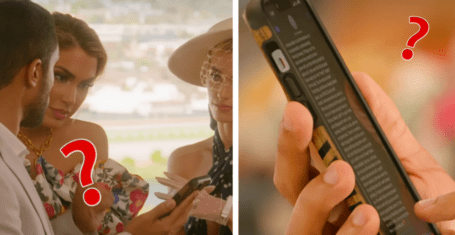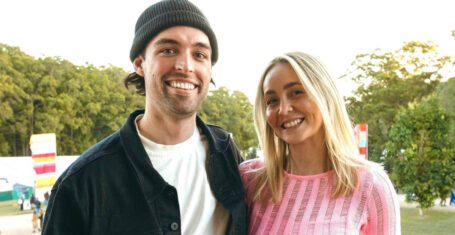
The Tab meets: Quentin Blake
He’s a genuinely wonderful and lovely person
I was thrilled when given the opportunity to meet Sir Quentin Blake: it’s not everyday that you get to chat to one of your childhood icons.
Various delays and technical issues meant the talk was somewhat delayed: when he did wander in, though, there was a sense of relief and comfort in his presence. He seemed genuinely pleased to be invited (back) to the Union and given another chance to transport a room full of intelligent students back to simpler times.
Very soon he had his drawings projected onto the walls, starting with many of Roald Dahl’s celebrated novels: The Twits, Danny the Champion of the World, Matilda. Speaking to him afterwards, he didn’t want to admit to a favourite character that he’d drawn. “I don’t have one that I’d want to draw again. There are some where I think, ‘I could’ve done that better than that.’ But it’s always too late, I can only have regrets.”
Another visit here for Sir Quentin.
He did admit to favouring a particularly special project called Clown, a book without words that acted as a kind of mime exercise. “You’re acting the parts,” he explained. With a theatrical analogy, he said how being the illustrator was like being designer and director and actor all at the same time.
Talking about his own childhood, in which he was evacuated from the South East twice during World War II, he professed to be a perfectly good child, unlike many of the mischievous individuals he’s drawn. “I was horribly good! But I have the characters instead.”
His passion for illustration and its uses was obvious, especially for children. “You can talk about anything but you can’t draw everything,” he said. Using the example of the Three Blind Mice, where merely chanting ‘And she cut of their tails with a carving knife’ is easy. “But when you draw that…” He admitted that he “thought twice about the witches” but otherwise worked closely with Dahl. “It was so joyous as he always wanted more pictures.”
He decorated this place once.
The breath of his projects is astonishing. From working with a large array of contemporary authors – but none quite as intensely as Dahl – to pitching classics to the Folio society that gave him the opportunity to illustrate the fantastic and the absurd (Cyrano de Bergerac’s Voyages to the Moon and the Sun, for example).
But his work also extends far beyond the page: he’s done illustrations for scaffolding in St Pancras and on King’s Parade; he’s produced designs for a couple of book buses which travel the world (“I’d never decorated a bus before!”). He’s helped orchestrate a series of exhibitions juxtaposing Old Masters paintings with modern art and contemporary illustration, as well as setting up the House of Illustrators in London.
Perhaps his most challenging projects were those in hospitals. He’s done illustrations do decorate the walls of old persons’ wards and eating disorder units, as well as multiple maternity wards. “I’ve got drawings in the maternity ward at Addenbrookes. If any of you feel like getting pregnant, you can visit them.”
I had to ask him about his inspirations: “How long have you got?” he replied. “All the great people who draw: Crookshank, Daumier, Rolandson, Goya, Tiepolo, Picasso, various Late-Nineteenth Century illustrators.” He explained his working process briefly: how he would do quick roughs – “like a rehearsal” – then use a lightbox to create the finished works. “Sometimes I get it right, sometimes I don’t. Sometimes I just do it again because I’m enjoying myself.”
And in order to get the expressions just right, he admitted to often making the faces himself: that image made me laugh, a national treasure sat there in his studio working uninterrupted while pulling stupid and silly faces. He concluded his talk by saying how he didn’t want his drawings animated: as I’m sure you’ll agree they already have such a life of their own, as does the great man behind them.









































